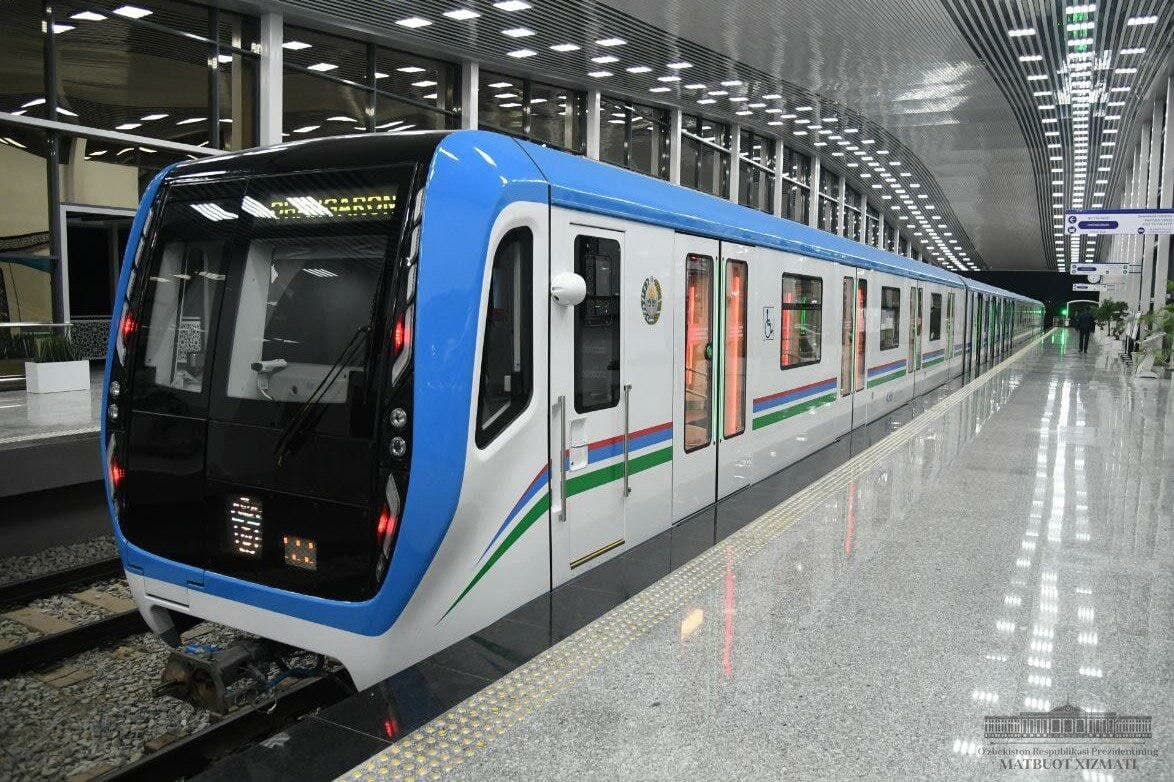This article is also available in:
Русский (Russian)
Uzbek
Tashkent Metro is a vital transportation artery of the city, serving hundreds of thousands of passengers daily. With the start of the academic year, the load on the capital’s metro system has significantly increased: the number of passengers has grown to 920-930 thousand per day, and by October-November, this figure could reach 1 million. In response, the Tashkent Metro has reduced train intervals on the main lines. This important decision will bring many benefits, both for passengers and for the system as a whole.
What changes have been made?
- Chilanzar Line: intervals reduced to 1.5–2 minutes.
- Uzbekistan Line: intervals reduced to 4 minutes.
- Yunusabad Line: intervals reduced to 4-5 minutes.
- Above-ground Ring Line: intervals reduced to 8-9 minutes.
In addition to reducing train intervals, the metro plans to introduce additional measures to ease station congestion. These include the introduction of reserve trains during peak hours and load distribution by staggering the start times of classes in 27 universities located near metro stations.
Why is this important?
During peak hours, when thousands of people are simultaneously rushing to work or school, metro stations often become overcrowded. This creates inconveniences not only for passengers but can also lead to delays. Reducing train intervals is a key step toward reducing platform congestion. Now, trains will arrive more frequently, allowing passengers to board and depart faster, and stations will become less crowded.
Moreover, reducing intervals is especially important for those who use the metro every day. When a train arrives every 1.5-2 minutes, as on the Chilanzar Line, passengers spend less time waiting. This is particularly beneficial during morning and evening rush hours, when every minute counts.
Importantly, fewer people on stations and in trains help reduce the likelihood of incidents. The more trains running per hour, the better the passenger flow is distributed, which lowers the risk of crowding on platforms and makes traveling by metro safer and more comfortable.
Conclusion
Reducing train intervals in the Tashkent Metro is a step that will make getting around the city faster, more comfortable, and safer. In the face of growing passenger numbers, such measures are crucial for maintaining the high efficiency of public transportation and improving the quality of life for city residents.
The text has been translated by AI. For more accurate information, please refer to the Russian version of the article











